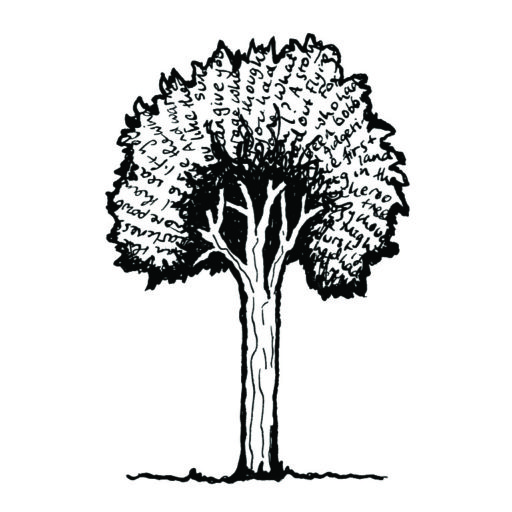A rainforest tree is subject to many mortal perils: shade, cyclones, fires, chainsaws. One of the most grotesque and extended deaths is carried in a tiny seed, rained down from above by complicit birds and bats. Many such seeds drop harmlessly to the forest floor, or land somewhere dry and then die of exposure. But if one lands in a moist crotch or crevice of a tree, high up in the canopy, death will surely follow.
The killer is the strangler fig, which begins life as an epiphyte – a plant growing on another plant – and matures into a tree. When a fig seed germinates high up on a host tree, it sends leafy shoots up to the light and roots down to the ground. Light is one of the most precious commodities in a rainforest, and the seedling that starts life in the sunlit canopy has a head start over those germinating on the shady forest floor. The roots grow to elephantine proportions and fuse together around the trunk of the host tree, forming a woody tube. This fusion of living plant parts is called inosculation, and has been used by people to make fences, bridges and even buildings out of living trees.
This readiness to inosculate underlies another ghoulish aspect of the strangler fig: individual trees are often chimeras, plants made up of more than one genetic individual. Imagine two or more human beings (not identical twins) merged together, but still appearing to be the one person. In figs, this is probably caused by one or more seeds germinating together and then fusing into a single tree as they grow.
Many people, on seeing a thriving strangler fig, feel a pang of sympathy for the host tree – which will eventually succumb to out-shading and a tight woody embrace – and a bit of loathing for the strangler. But the strangler fig has many admirers and, along with other figs, is regarded as a keystone species of the rainforest. A keystone species is one that has a disproportionately large impact on its environment relative to its abundance. Figs fall into this category because of the many animal species that rely on their flowers or fruit.
The fig hides its tiny flowers within a tightly-closed little sack with an opening that only fig wasps can enter. Fig wasps have been pollinating figs for about 75 million years (how they do it is another complex story), and there are unique wasp species for almost every species of fig. Not just the pollinator fig wasps, but also those that lay eggs in figs without pollinating them, and those that parasitise other species of fig wasp. For example, there are at least 14 species of non-pollinating fig wasps associated with the Port Jackson fig Ficus rubiginosa throughout its eastern Australian range.
Fig fruits are consumed by 990 species of birds and 284 species of mammals worldwide, in many cases as a favorite food. This may be partly because they are rich in calcium. and maybe also protein , but perhaps mostly because they are available when other fruits are rare. Individual fig trees of the same species will flower and fruit at different times, even at the same site, and this can provide a continuous fruit supply. In Australia, cassowaries rely heavily on figs when other fruits are scarce. In south-east Queensland, fig fruits are the most important food for the topknot and rose-crowned pigeons in dry rainforest, and for the sedentary wompoo pigeon in both wet and dry rainforest. Figs are a major source of food for the grey-headed flying fox in southern New South Wales. And the leaves of the Moreton Bay fig Ficus macrophylla are possibly a favored food of the red-legged pademelon.
So figs are deadly foes to trees, but also have their friends. Which just shows once again that nothing is black and white in life, and most certainly not in the rainforest.

The red-necked pademelon, a small wallaby that dwells on the rainforest edges of eastern Australia. The Moreton bay fig is possibly the favorite food of the closely-related red-legged pademelon.

Wompoo pigeons on nest, Mary Cairncross reserve. Fig fruits are an important food for this sedentary rainforest bird.
Read Of bugs and booyongs for another story about the entwined lives of animals and rainforest trees.
Discover more from Paperbark Writer
Subscribe to get the latest posts sent to your email.


What a fascinating essay. Yes, strangler figs are common, especially in Queensland, and present both blessings and burdens to the rain forests. I still love them because they are interesting and beautiful to look at.
Hi Mary, I’m glad you’re also an admirer of the strangler figs. Thanks for commenting and for enjoying the forests in this part of the world.